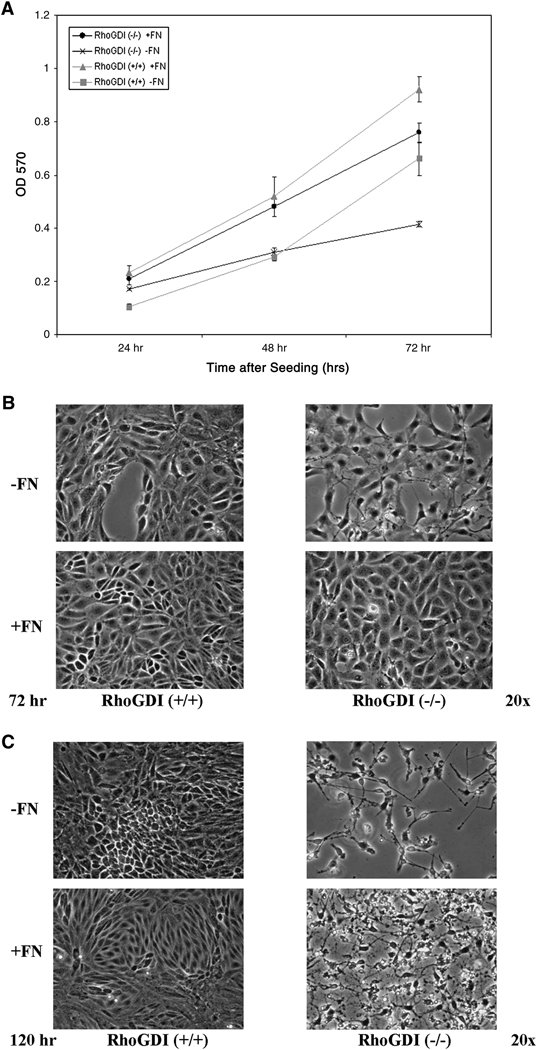Figure 7. RhoGDI (−/−) mesangial cell viability is confluence-dependent.
RhoGDI (−/−) and wild-type (+/+) mesangial cells were plated on plastic and cultured for up to 5 days (120 hours) in either the presence or absence of a fibronectin (FN) matrix. [A] Cell viability after 24, 48, and 72 hr of subconfluent proliferation in culture was determined using a standard MTT assay as described in Materials and Methods. The presence of a fibronectin matrix enhanced cell proliferation and viability for both RhoGDI (−/−) and wild-type mesangial cells. Differences in cell viability began to be seen at 72 hr in the absence, but not the presence, of FN. Error bars represent the SEM of at least three independent experiments. [B] RhoGDI (−/−) mesangial cells were able to achieve 100% cell confluency in culture by 72 hr in the presence of FN; however, [C] RhoGDI (−/−) cell viability dramatically decreased (as observed by a correlative increase in apoptosis) upon culturing for longer times; this was not observed in wild-type cells either +/− FN.

